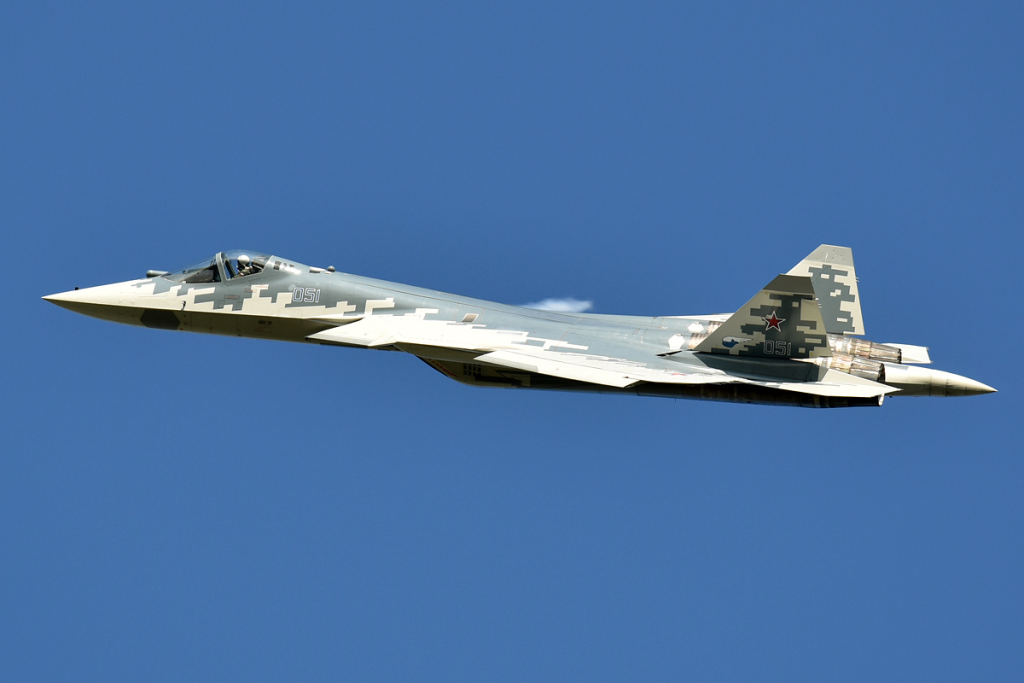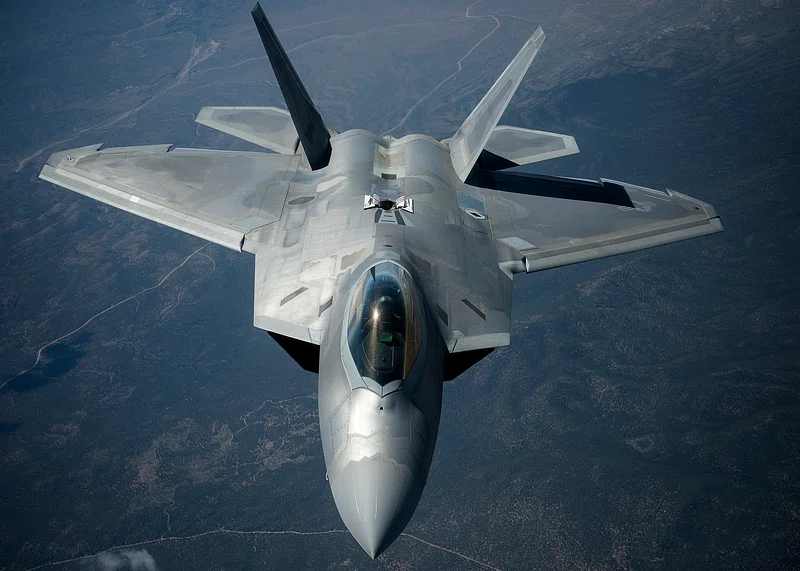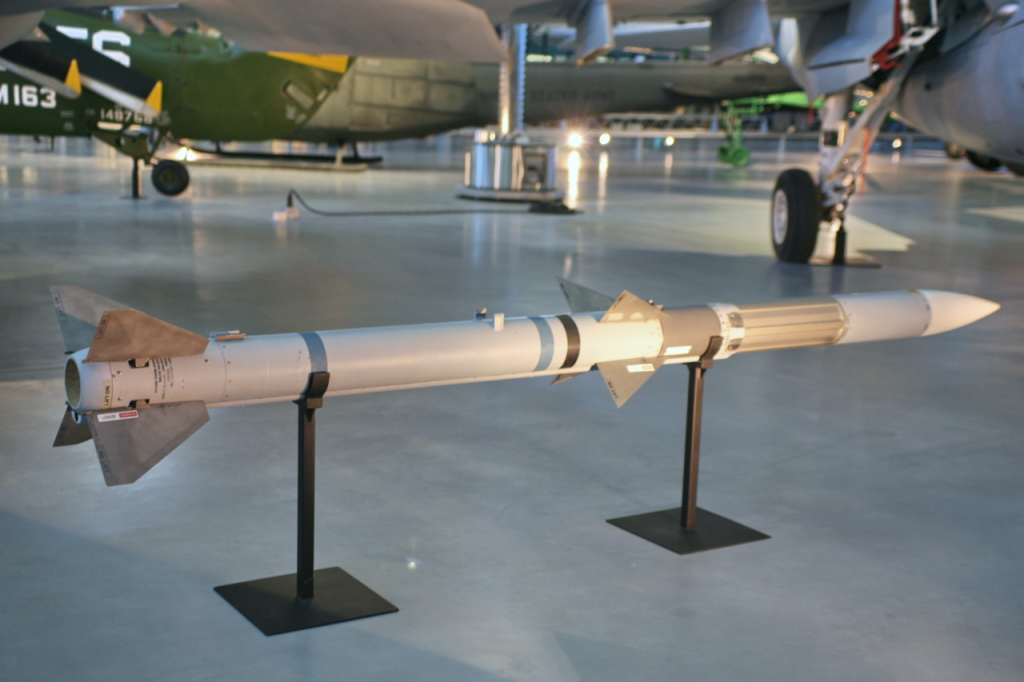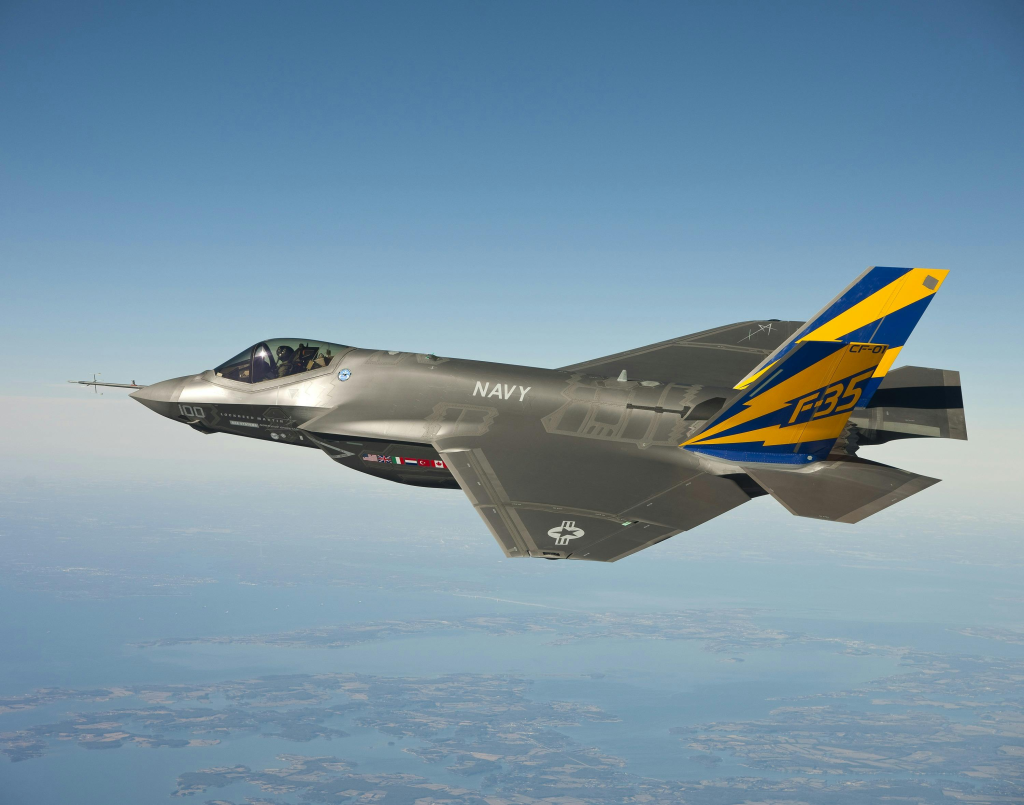
“One is only as good a fighter aircraft as the ordnance that can be carried,” said a seasoned aerospace engineer. In contemporary air combat, this maxim is reinforced through the unstinting demands for stealth, for accuracy, and for multi-role capability. Though China is believed to develop some aircraft with arsenals identical to some Western designs, only a very few are designed to carry ordnance so exotic, so exigent in size or quality, that other aircraft are unable to carry it.
These are not mere speed and agility platforms these are specially built to include individual arms systems that redefine the tactical capability. From stealth fighters with missiles concealed deep beneath their fuselage to nuclear-strike aircraft with strategic power, Each represents a distinct advance in modern air warfare.
This list delves into six warfighters with payload configurations that are unrivaled among the rest, showcasing the engineering talent and future sight that goes into payloads that are without peers.

1. F-22 Raptors Stealth Optimised Internal
The American F-22 Raptor’s defining trait is the internal weapons bays, a design that preserves the radar-eluding shape even when it is ready for combat. With six AIM-120 AMRAAMS and two AIM-9 Sidewinders being carried entirely within the fuselage, the Raptor hovers around the pylons’ drag and radar signature. For ground attack, it also has the capability to carry two 1,000-pound bombs without shedding the stealth advantage. This internal arrangement of bays is typical for fifth-generation attack stealth aircraft, but the arrangement for the Raptor is specially fine-tuned for air dominance.

With all ordnance internally stowed, it is certain that the adversary is given very little advance notice prior to commitment. Thus, it is able to position itself deep within contested skies, attack with impunity, and remain, for all practical purposes, unremarked. Mating these types of payloads to a stealthy airframe required thoughtful engineering balancing weapon size, bay door open/close rate, and aero stability so the Raptor system became a durable standard for LO combat design.

2. Helmet-Guided F-35 Lightning Precision
It is also multi-role and stealthy with the capability to carry the ordnance internally for the high-threat mission or externally if stealth is not the largest concern. The F-35 is also able to carry AIM-120 AMRAAMs, 2,000-pound bombs, and precision missiles such as the AGM-158 JASSM internally. What truly distinguishes the F-35 is the third-generation, or Generation III, helmet that projects flight symbology, tactical information, and visuals from the Distributed Aperture System onto the pilot’s faceplate. Explaining how it all comes together to the Navy, Marine Maj. John “IKE” Dirk said, “The helmet helps me find friendly and hostile aircraft, find ground targets, and it can point at the ship.”
The end result is the potential for the pilot to cue ordnance without necessarily twisting the airplane, something that reduces reaction time to near zero and maximizes situation awareness overall. Through the integration of expanded sensor feeds with smart targeting, the F-35 helmet system allows its pilot to become a completely networked combat node, whereby its signature munitions are released with hitherto unprecedented accuracy.

3. Su-57 Felon’s Hypersonic and Modular Weapons
Russian Su-57 Felon combines stealth shaping with an incredibly versatile internal bay system. With 8–10 internal hardpoints, it is feasible to carry extended-range air-to-air missiles, for instance, the R-77M, KH-58 anti-radar missiles, and even the Kinzhal hypersonic missile. Lieutenant General Alexander Maksimtsev confirmed to Krasnaya Zvezda that the aircraft is now armed with “modern aviation strike systems and hypersonic weapons.”
Recent pro-Kremlin images demonstrated the shape of the aft weapons bay, noting the fact that it can transport heavy or fragile ordnance and remain stealthy. The load-out configuration for the Felon being modular allows for mission-dependent load-outs, ranging from air supremacy to deep strike. If completed with credible hypersonic missiles, the Su-57 will represent an unprecedented blend of stealth and hypersonic attack power a blend that very likely negates assumptions about speed, payload, and survivability.

4. Rafale’s Nuclear-Capable ASMP-A
France’s Dassault Rafale is among the very rare combat aircraft to boast an air-launched nuclear missiles capacity. Interoperable with the ASMP-A cruise missile, it can carry an around 500-km strike range, ramjet-fuelled to Mach 3. The missile is equipped with a 300-kiloton thermonuclear warhead, the core of France’s Forces Adriennes Strategies.
By virtue of 14 hardpoints with 9.5 tonnes payload, the Rafale is readily able to switch between nuclear and conventional missions. The point is especially pertinent to the existing arguments over European security, where the possibility of forward French nuclear deployments is the topic. The ability to transport those types of strategic missiles within a multirole airframe speaks to the Rafale filling not only the role of the tactical fighter, but the starting point for national deterrent power.

5. Su-35 Anti-Ship and Strike Missions
Russian Su-35 Flanker-E is well-known for an 8,000-kilogram payload capacity spread over twelve hardpoints, and it has the capacity to carry ordnances heavier than what the great majority combatants carry. Even heavyweight anti-ship missiles, for instance, KH-31 and KH-35, and guided bombs that are for hard target use are under this capacity.

Its AL-41F1S engines, with thrust-vectoring, provide it with supermaneuverability even at heavy load, a trait that is not typical for airfighters that are not stealthy. Versatility in the airframe allows the Su-35 to transition from air superiority to attack missionswithout losing operational advantage. In wars like Syria, the Su-35 has been successful at executing precision strikes with air superiority, demonstrating payload capacity to be as decisive with stealth under some conditions.

6. F-15E Strike Eagle’s Next-Generation Bunker
Lifting capability is maximized with the F-15E’s design to deliver over 11 tonnes worth of ordnance. Such capability enables integration with specialty ordnance such as the GBU-72 bunker buster, tested at extreme height to blow through heavily reinforced areas of a target. Developed to replace the GBU-28, the GBU-72 is paired with a JDAM tail kit for precision, providing the Strike Eagle with a lethal option against subterranean command centers and hardened facilities. The fact that the Strike Eagle can deliver this ordnance independently or without escort simply indicates the maturity of the avionics and all-weather capability.

Such payload, precision, and independence serve to keep the F-15E an integral component for missions where sheer firepower is required. These six fighters represent the ways that airframe design and integration with ordnance can develop capabilities that are unique to other aircraft. Whether through stealth-hidden missiles, nuclear deterrent, hypersonic strike capability, or massive payload capacity, each is a unique solution to what is required for contemporary air war. In an era where the requirements for versatility and survivability all too often determine success, each is an engineering marvel that determines the extent to which a combat aircraft can do.


